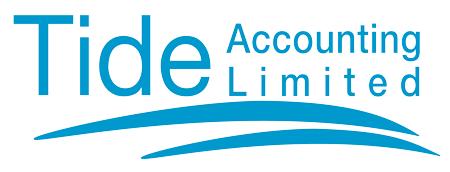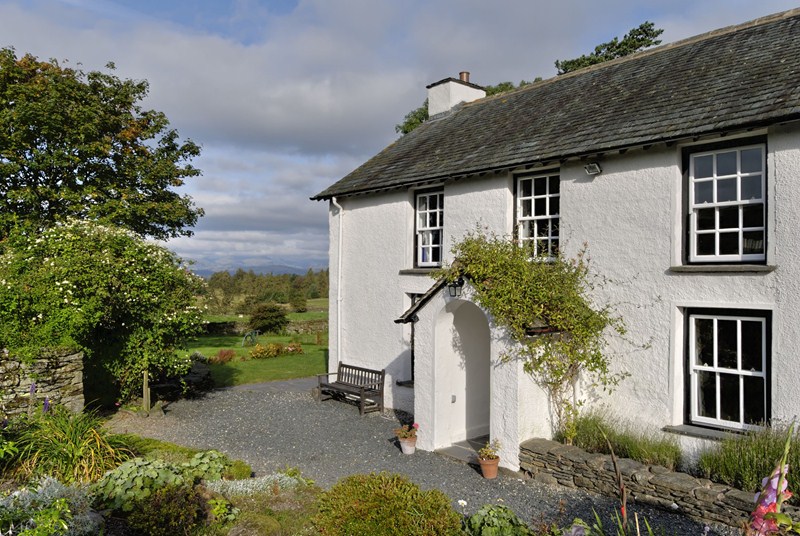The furnished holiday let (FHL) rules allow holiday lettings of properties that meet certain conditions to be treated as a trade for tax purposes.
In order to qualify as a furnished holiday letting, the following criteria need to be met:
- The property must be let on a commercial basis with a view to the realisation of profits. Second homes or properties that are only let occasionally or to family and friends do not qualify.
- The property must be located in the UK, or in a country within the EEA.
- The property must be furnished. This means that there must be sufficient furniture provided for normal occupation and your visitors must be entitled to use the furniture.
In addition, the property must pass the following three occupancy conditions.
- Pattern of occupation condition. The property must not be used for more than 155 days for longer term occupation (i.e. a continuous period of more than 31 days).
- The availability condition. The property must be available for commercial letting at commercial rates for at least 210 days per year.
- The letting condition. The property must be let for at least 105 days per year and homeowners should be able to demonstrate the income from these lettings.
Where there are a number of furnished holiday lettings properties in a business, it is possible to average the days of lettings for the purposes of qualifying for the 105 days threshold. This is called an averaging election.
HMRC provides the following illustrative example:
Emma lets 4 UK holiday cottages for the following number of days in a tax year:
| Cottage | Number of days |
| Cottage 1 | 120 days |
| Cottage 2 | 125 days |
| Cottage 3 | 112 days |
| Cottage 4 | 64 days |
| Total | 421 days |
If Emma uses averaging, all 4 cottages will meet the letting condition (421 days divided by 4 = 105). Without averaging, cottage 4 would not qualify.
You can only average across properties in a single FHL business. You cannot mix UK and EEA FHL properties.
 Christchurch, Dorset & London
Christchurch, Dorset & London mail@tideaccounting.co.uk
mail@tideaccounting.co.uk 01425 674776
01425 674776
